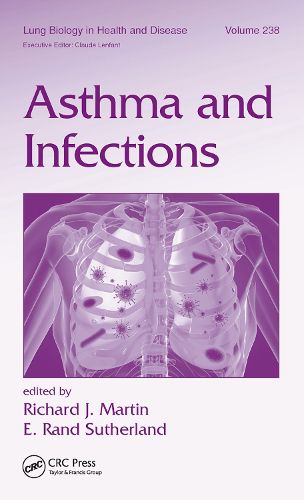Readings Newsletter
Become a Readings Member to make your shopping experience even easier.
Sign in or sign up for free!
You’re not far away from qualifying for FREE standard shipping within Australia
You’ve qualified for FREE standard shipping within Australia
The cart is loading…






An invaluable resource, this book covers the full range of respiratory infections and explores the techniques used to detect the pathogens involved in asthma. Fifteen international experts representing the range of specialties involved in treating asthma examine the relationship between asthma and infection. They provide authoritative, time-tested guidance clinicians and researchers can utilize and trust. They cover bacterial and viral respiratory infections and pathogen detection, examining how microbes, infections, and antibiotic and anti-inflammatory agents affect asthma. The book helps readers identify the basic, translational, clinical aspects of asthma bacterial infection, inflammation, and allergic response. Not only does it present the facts but raises questions that will stimulate the clinical and research communities to explore new avenues that may provide clear answers to old questions.
$9.00 standard shipping within Australia
FREE standard shipping within Australia for orders over $100.00
Express & International shipping calculated at checkout
An invaluable resource, this book covers the full range of respiratory infections and explores the techniques used to detect the pathogens involved in asthma. Fifteen international experts representing the range of specialties involved in treating asthma examine the relationship between asthma and infection. They provide authoritative, time-tested guidance clinicians and researchers can utilize and trust. They cover bacterial and viral respiratory infections and pathogen detection, examining how microbes, infections, and antibiotic and anti-inflammatory agents affect asthma. The book helps readers identify the basic, translational, clinical aspects of asthma bacterial infection, inflammation, and allergic response. Not only does it present the facts but raises questions that will stimulate the clinical and research communities to explore new avenues that may provide clear answers to old questions.